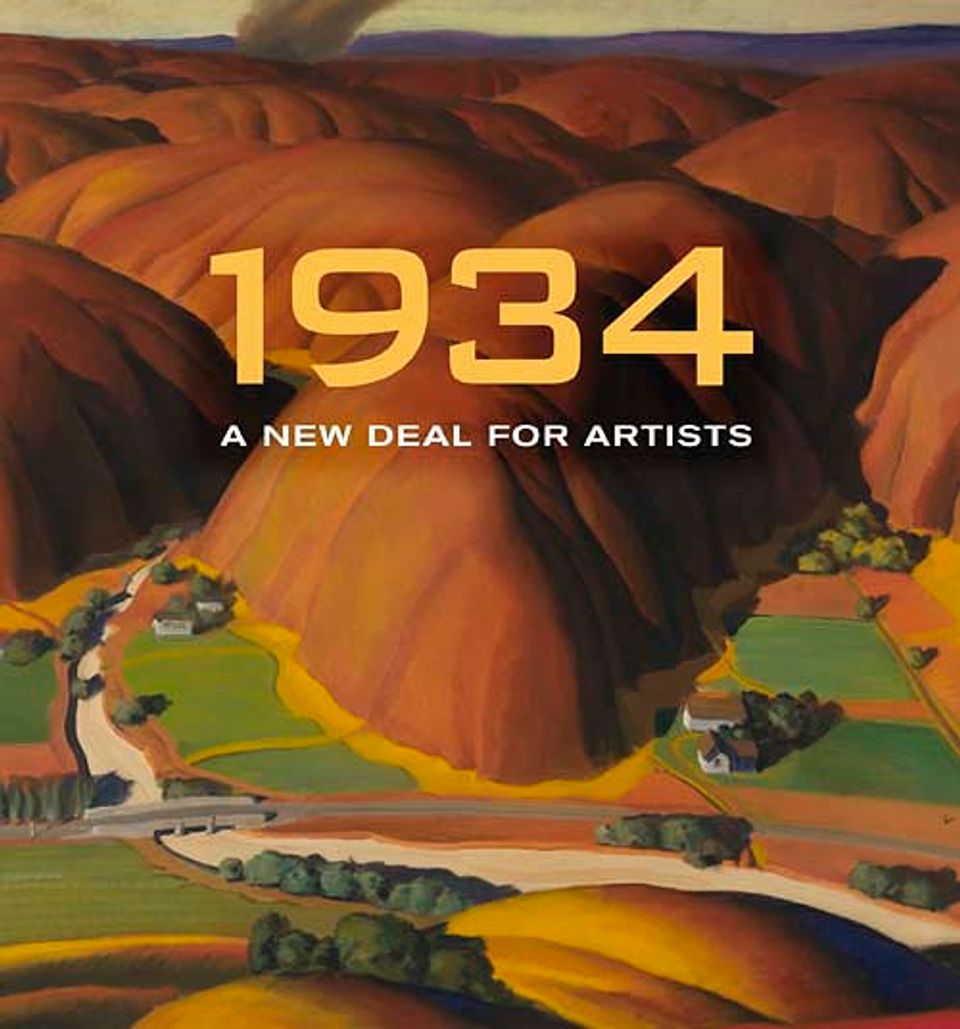E. Martin Hennings
- Also known as
- Ernest Martin Hennings
- Born
- Penns Grove, New Jersey, United States
- Died
- Taos, New Mexico, United States
- Active in
- Chicago, Illinois, United States
- Biography
Painter, printmaker. After graduating from high school, Hennings left his native Pennsgrove, New Jersey, for five years of study at the Art Institute of Chicago. His training continued with two years at the Royal Academy in Munich. Fellow art students in Munich included Walter Ufer and Victor Higgins. In 1914, at the outbreak of World War I, Hennings returned to Chicago, where he made his living as a muralist and commercial artist. At the urging of former Chicago mayor Carter Harrison, Hennings spent a few months in Taos in 1917. Four years later, he made Taos his permanent home, joining the Taos Society of Artists in 1924. Hennings's favorite subject was the Indian, whom he often posed singly or in groups against a bright foliage curtain. His compositions, featuring stylized line, decorative patterns, and warm colors, won him twelve national prizes between 1916 and 1938.
References
White, Robert Rankin. "Taos Founder, E. Martin Hennings." Southwest Art 4 (April 1973): 50–52.—. "The Lithographs and Etchings of E. Martin Hennings." El Palacio 84 (Fall 1978): 21–36.
Broder. Taos: A Painter's Dream, pp. 252–67.
Charles Eldredge, Julie Schimmel, and William H. Truettner Art in New Mexico, 1900–1945: Paths to Taos and Santa Fe (Washington, DC: National Museum of American Art, Smithsonian Institution, 1986)















